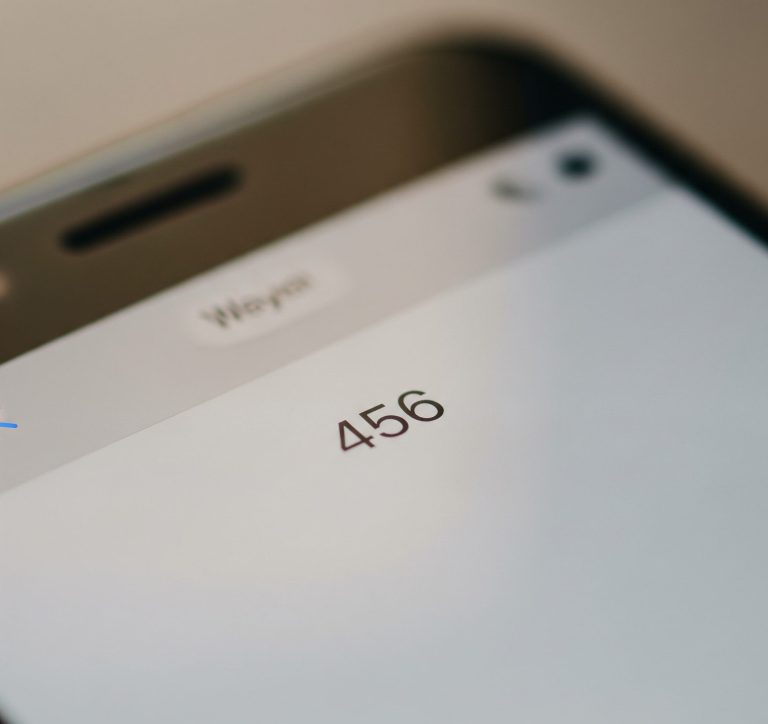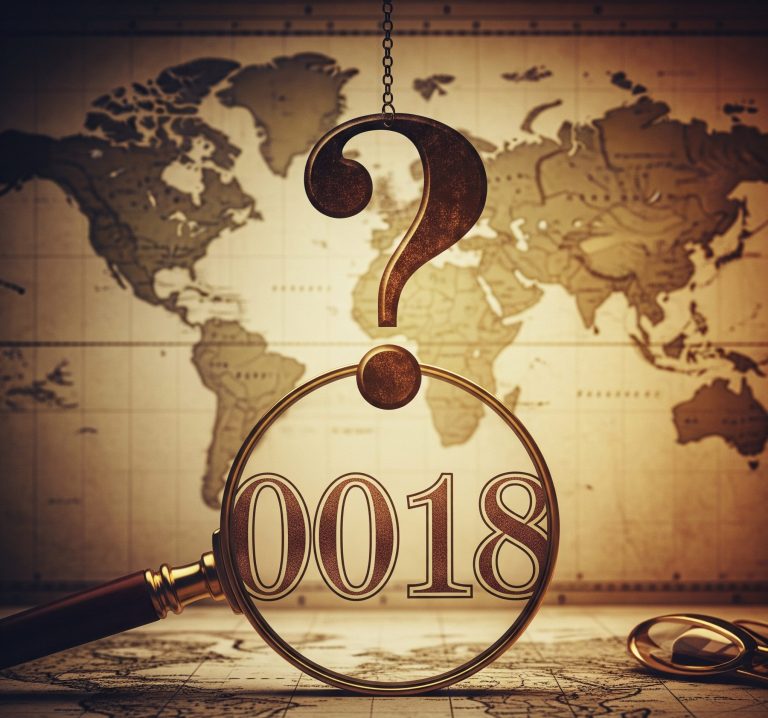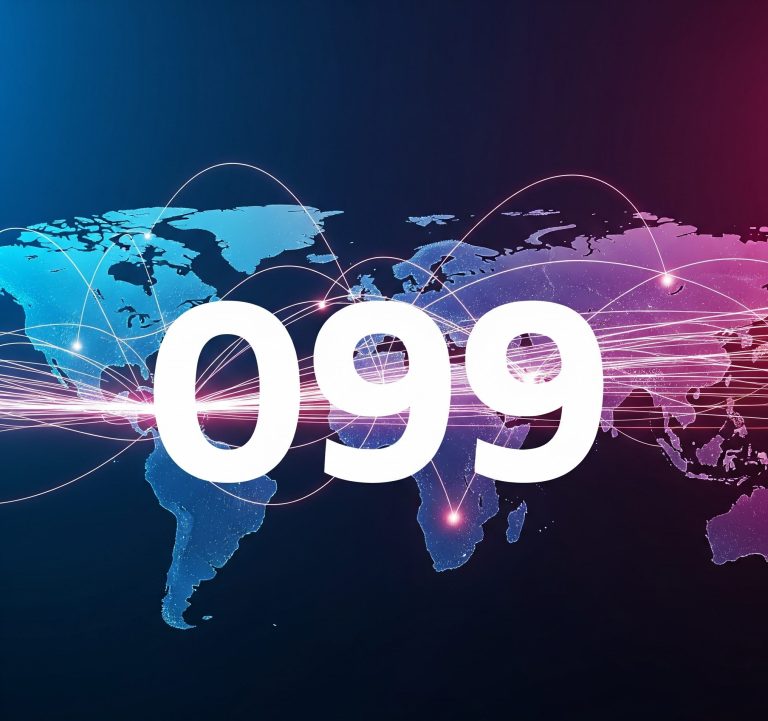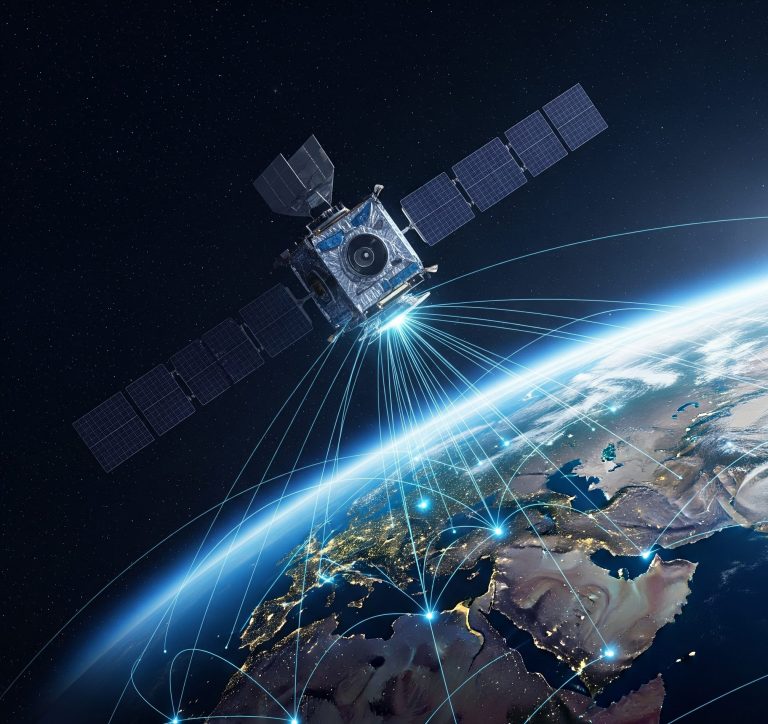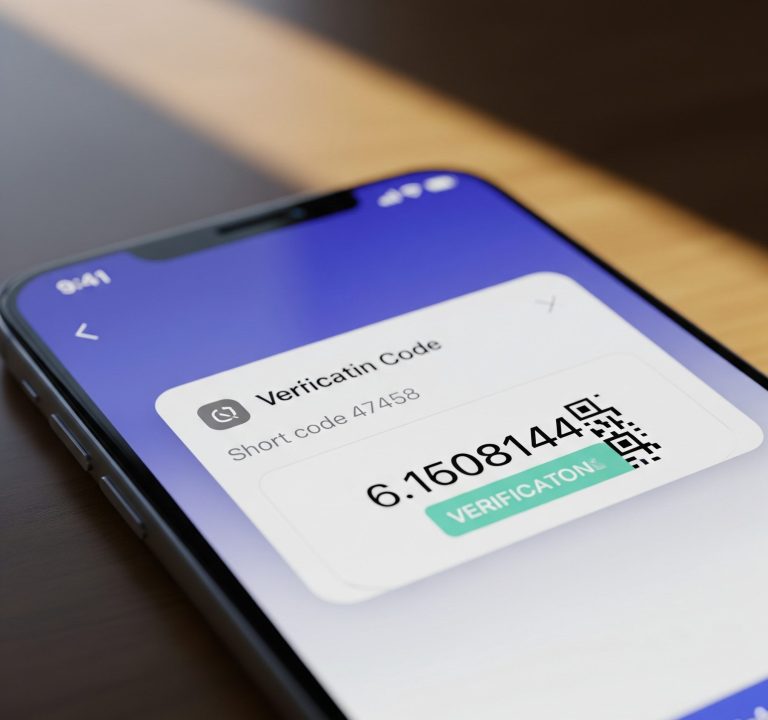In an age of constant connectivity, a ringing phone from an unfamiliar number is a common, if sometimes unwelcome, occurrence. We’re accustomed to seeing area codes from across the United States, from New York’s iconic 212 to California’s sunny 310. But what happens when a call comes in from an area code you’ve never seen before? Recently, a number of Americans have reported receiving calls from the 462 area code, sparking curiosity and concern. If you’ve seen this number pop up on your caller ID, you’re right to be cautious. This article will delve into what the 462 area code is, the potential risks associated with it, and how you can protect yourself.
Contents
Unmasking the 462 Area Code: Is It a Real US Area Code?
The first question that likely comes to mind is: where is the 462 area code located? The answer, surprisingly, is nowhere in the United States. The North American Numbering Plan (NANP), which governs the assignment of telephone numbers in the U.S., Canada, and parts of the Caribbean, has not assigned 462 as a legitimate area code. A quick search of the official NANP database confirms that this three-digit code is not in service for any geographic region in North America.
This immediately raises a red flag. If the 462 area code isn’t real, then where are these calls coming from? The answer lies in the world of telecommunication scams and deceptive practices. The appearance of the 462 area code on your phone is a clear indicator that you are likely being targeted by a scam artist.
The Anatomy of a Phone Scam: How They Exploit Unfamiliar Area Codes
Scammers often use a technique called “spoofing” to disguise their true location. Spoofing allows them to manipulate the caller ID to display any number they choose, including a non-existent area code like 462. They do this for several reasons:
- Curiosity: An unfamiliar or unusual area code can pique a person’s interest, making them more likely to answer the call or, in some cases, call the number back.
- Evading Call Blockers: By constantly changing the number they are calling from, scammers can bypass call-blocking apps and services that rely on blacklisting specific numbers.
- Creating a Sense of Urgency or Mystery: A call from an unknown area code can sometimes create a sense of urgency or mystery, leading the recipient to act without thinking.
The use of the 462 area code is a classic example of these tactics at play. It’s a number that is just plausible enough to make someone hesitate before dismissing it as fake, yet it’s not a number that most people would recognize.
The Dangers of Engaging with Calls from the 462 Area Code
Answering a call from the 462 area code, or any other suspicious number, can expose you to a variety of risks. The most common scams associated with these types of calls include:
- The “One-Ring” Scam: This is one of the most prevalent scams. The scammer will call your phone and hang up after just one or two rings. Their goal is for you to see the missed call from the 462 area code and, out of curiosity, call the number back. If you do, you may be connected to a premium-rate number, similar to a 900 number, and you will be charged exorbitant fees for every minute you stay on the line. These charges will then appear on your next phone bill.
- Phishing for Personal Information: If you do answer the call, the person on the other end will likely try to trick you into revealing personal information. They may pose as a representative from your bank, a government agency like the IRS, or a well-known company. They might claim that there is a problem with your account, that you have won a prize, or that you owe money. Their ultimate goal is to obtain sensitive data such as your Social Security number, bank account details, passwords, or credit card information.
- Malware and Spyware: In some more sophisticated scams, simply answering the call or interacting with a link sent via text from a number with the 462 area code could potentially expose your smartphone to malware or spyware. This malicious software can then be used to steal your personal information, track your online activity, or even take control of your device.

Protecting Yourself: A Guide to Handling Suspicious Calls
The good news is that there are several simple yet effective steps you can take to protect yourself from scams involving the 462 area code and other fraudulent numbers.
If You Receive a Call from the 462 Area Code:
- Do Not Answer: The simplest and most effective way to avoid a scam is to not answer the call in the first place. If you don’t recognize the number, let it go to voicemail. A legitimate caller will likely leave a message.
- Do Not Call Back: If you see a missed call from the 462 area code, resist the urge to call it back. This is exactly what the scammers want you to do.
- Block the Number: Most smartphones have a built-in feature that allows you to block specific numbers. While scammers often switch numbers, blocking the ones they use to contact you can help reduce the number of unwanted calls you receive.
- Report the Call: You can report unwanted calls to the Federal Trade Commission (FTC) at donotcall.gov. While the FTC may not be able to act on every individual complaint, your report can help them identify trends and take action against scammers.
General Best Practices for Phone Security:
- Be Skeptical: Always be wary of unsolicited calls, especially those that create a sense of urgency or promise something that seems too good to be true.
- Never Share Personal Information: Legitimate organizations will rarely, if ever, call you to ask for your personal information. If you are unsure whether a call is legitimate, hang up and call the organization back using a number from their official website or a statement.
- Use a Call-Blocking App: There are a number of reputable call-blocking apps available for both Android and iOS devices. These apps can help to identify and block known scam numbers.
- Sign Up for the National Do Not Call Registry: While this won’t stop illegal scam calls, it will reduce the number of telemarketing calls you receive from legitimate companies. You can register your number for free at donotcall.gov.
conclusion
while the 462 area code may seem like a mystery, it’s one that is best left unsolved. It is not a legitimate area code in the United States and is almost certainly being used as part of a scam. By being vigilant and following the safety tips outlined in this article, you can protect yourself from the financial and personal risks associated with these fraudulent calls. The next time you see the 462 area code on your caller ID, you’ll know exactly what to do: ignore it, block it, and report it.


